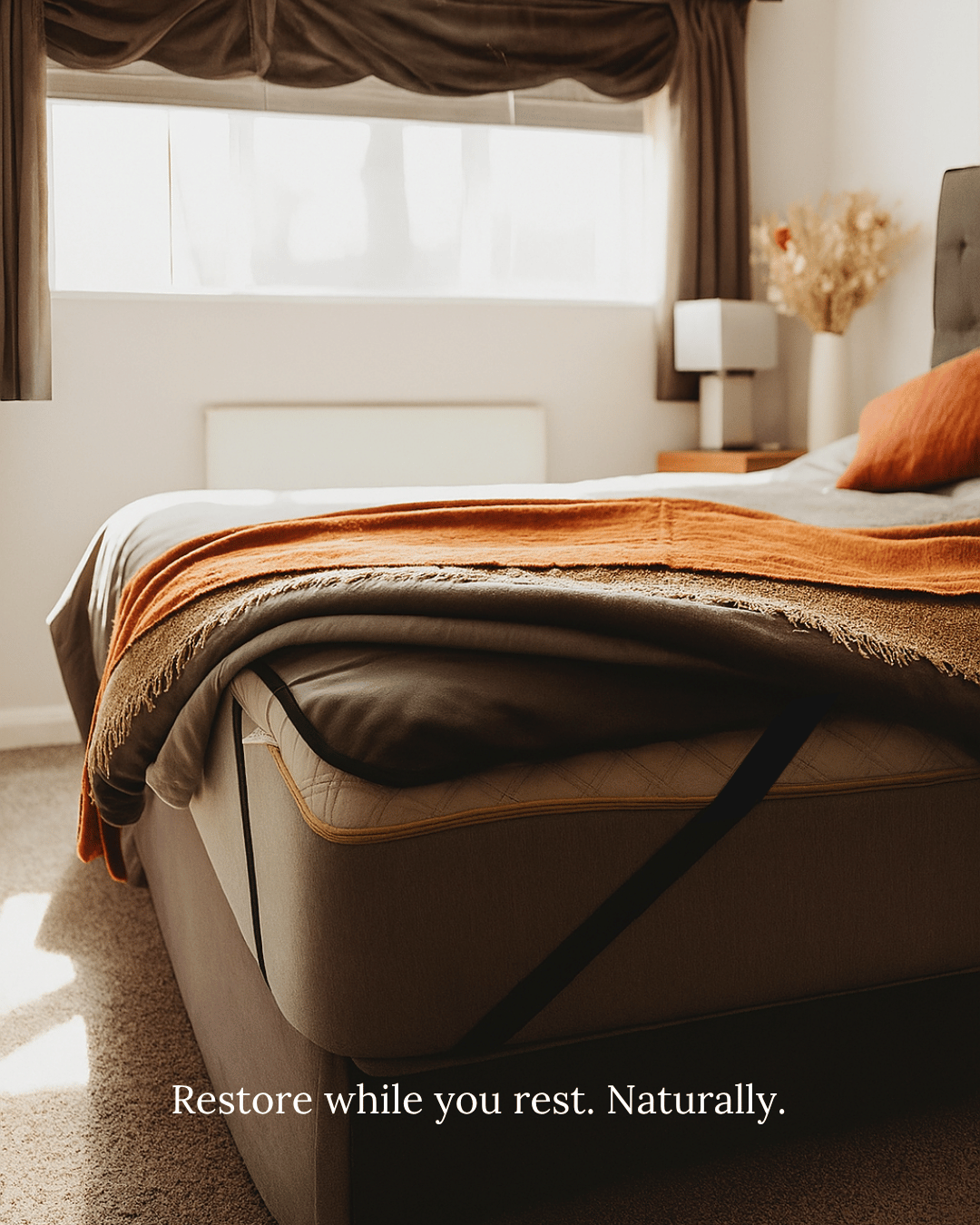Anxiety is one of the most common mental health challenges in the modern world, affecting millions of people across all ages. From racing thoughts and restlessness to chronic tension and panic attacks, anxiety symptoms can be overwhelming, often interfering with everyday life. While pharmaceutical solutions are widely available, they may come with side effects or long-term dependency concerns, leaving many to seek natural alternatives.
One such holistic practice gaining momentum is grounding, also known as earthing. At first glance, grounding may sound too simple to be powerful. But science and experience suggest otherwise. By reconnecting with the Earth’s natural energy, grounding offers a safe, drug-free method to reduce anxiety, restore calm, and rebalance the nervous system.
What Is Grounding and How Does It Work?
Grounding is the act of making direct physical contact with the Earth’s surface—whether through your bare feet on grass, hands in the soil, or with the help of conductive products like grounding mats or sheets. The Earth holds a subtle negative charge, and our bodies, constantly exposed to electronics and stress, accumulate positive charges that may disrupt internal balance.
By touching the Earth (or using tools that simulate this connection), we absorb free electrons. These electrons act like antioxidants, helping neutralize inflammation and oxidative stress—two key contributors to mental and physical imbalances, including anxiety.
Anxiety and the Nervous System Connection
To understand grounding’s impact on anxiety, it helps to look at the nervous system. When you experience stress or fear, your sympathetic nervous system kicks in. This is the "fight or flight" response that causes elevated heart rate, increased blood pressure, and tension in the body.
In moments of real danger, this system is vital. But when triggered constantly—by work stress, social media, noise, EMFs (electromagnetic fields), and overstimulation—it becomes dysregulated. Cortisol, the stress hormone, remains high, and the body forgets how to "switch off" that heightened state. That’s where grounding steps in.
Regular grounding helps calm the nervous system by reducing cortisol levels and stimulating the parasympathetic nervous system—the one responsible for "rest and digest." The result? A state of deeper relaxation, clearer thinking, and emotional balance.
What the Research Shows
Several studies support the use of grounding as a natural intervention for anxiety and stress-related conditions:
-
A 2010 clinical study on heart rate variability found that grounding significantly improved autonomic nervous system balance, leading to a calmer physiological state.
-
A 2004 sleep and cortisol study revealed that subjects who slept grounded for eight weeks reported normalized cortisol patterns, improved sleep quality, and reduced levels of stress and anxiety.
-
Skin conductance studies show that grounding reduces arousal in the body within seconds, which is a strong indicator of lowered sympathetic nervous system activity.
These results suggest that grounding has a direct effect on our stress response and overall mood stability.
How to Practice Grounding Daily
The beauty of grounding lies in its simplicity. You don’t need to invest hours or step away from your daily responsibilities. Here are ways to bring grounding into your life:
1. Go Barefoot Outdoors
Walk on natural surfaces like grass, dirt, or sand for at least 20–40 minutes per day. Moisture enhances conductivity, so wet grass or beaches are ideal.
2. Use Grounding Products
Grounding mats, mattress covers, and desk pads plug into a grounded outlet and bring the Earth’s energy indoors. Sleep on a grounding sheet or work with a mat under your feet to get hours of passive grounding daily.
3. Practice Grounding Meditation
Combine earthing with mindfulness. Sit on the ground, close your eyes, and focus on your breath and bodily sensations. This multiplies the calming effect.
4. Garden with Bare Hands
Get your hands in the soil! It’s both grounding and therapeutic, especially for those who benefit from tactile, nature-based practices.
A Real-Life Example: Maria's Story
Maria, a 35-year-old graphic designer, struggled with daily anxiety, restlessness, and disrupted sleep. After trying several medications and experiencing side effects, she turned to grounding out of curiosity.
"I started walking barefoot in my garden every morning and using a grounding mat under my desk. Within two weeks, I felt noticeably calmer, and my panic attacks had reduced. The biggest change? Sleeping with a grounding sheet. For the first time in years, I woke up feeling rested. Grounding didn’t just help with anxiety—it changed my energy, mood, and clarity."
Why Grounding Is Worth a Try for Anxiety Relief
While grounding isn’t a miracle cure, its science-backed benefits and accessibility make it a promising tool for anxiety management. Unlike medications, grounding has no negative side effects, no dependency risk, and no cost (if done outdoors).
Whether you choose to connect directly with the Earth or invest in grounding sheets for nightly use, the results can be life-changing. With consistent practice, grounding can help regulate your nervous system, reduce overthinking, and restore emotional resilience.
Final Thoughts: Ground Your Body, Calm Your Mind
In an era of overstimulation, grounding brings us back to simplicity. To stillness. To nature. It’s a gentle yet powerful reminder that healing doesn't always come in a bottle—sometimes, it starts beneath your feet.
By making grounding a regular part of your life, you may not only ease anxiety, but also improve sleep, focus, energy, and overall well-being. Reconnect with the Earth, and give your mind the calm it truly deserves.
















